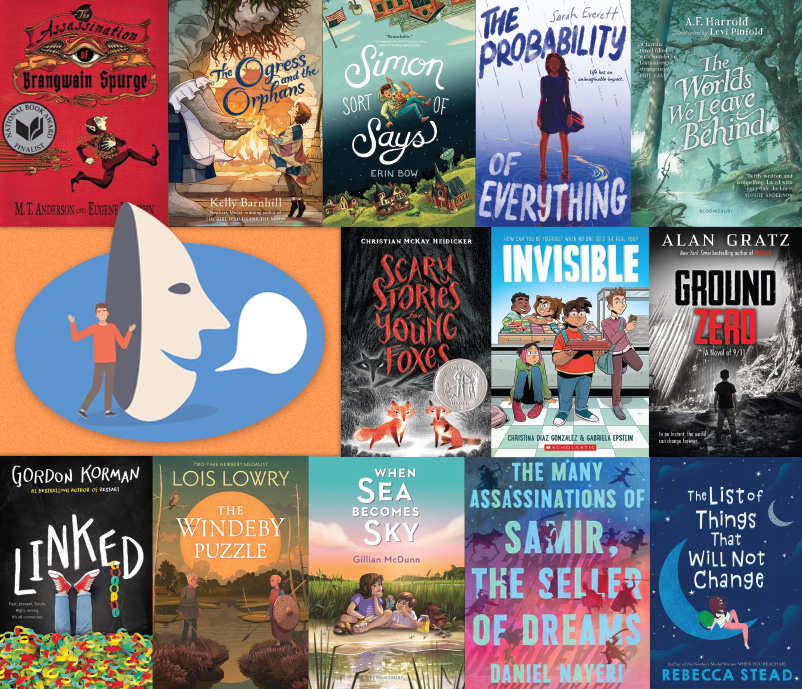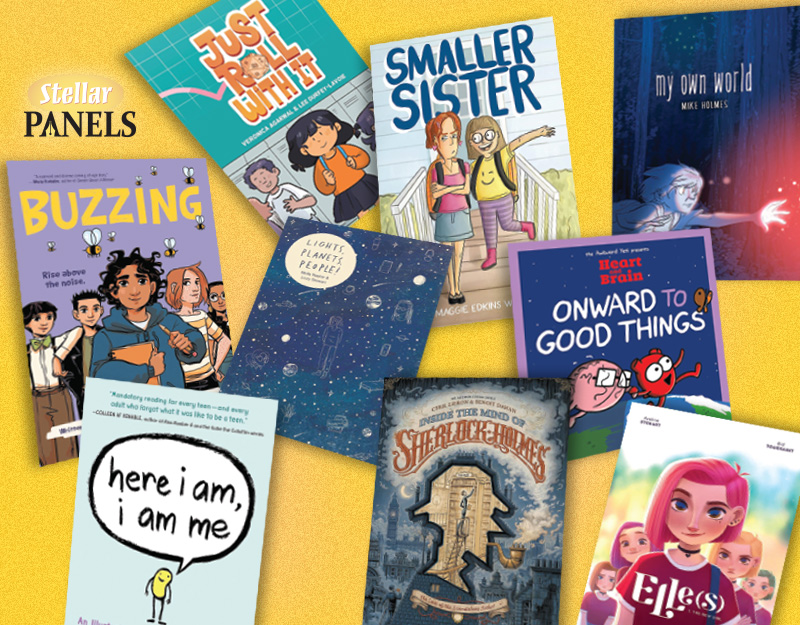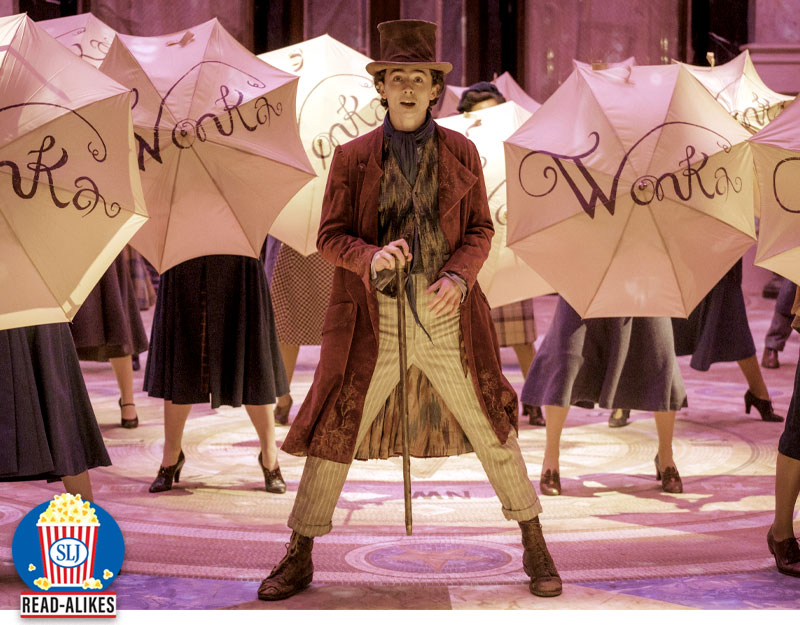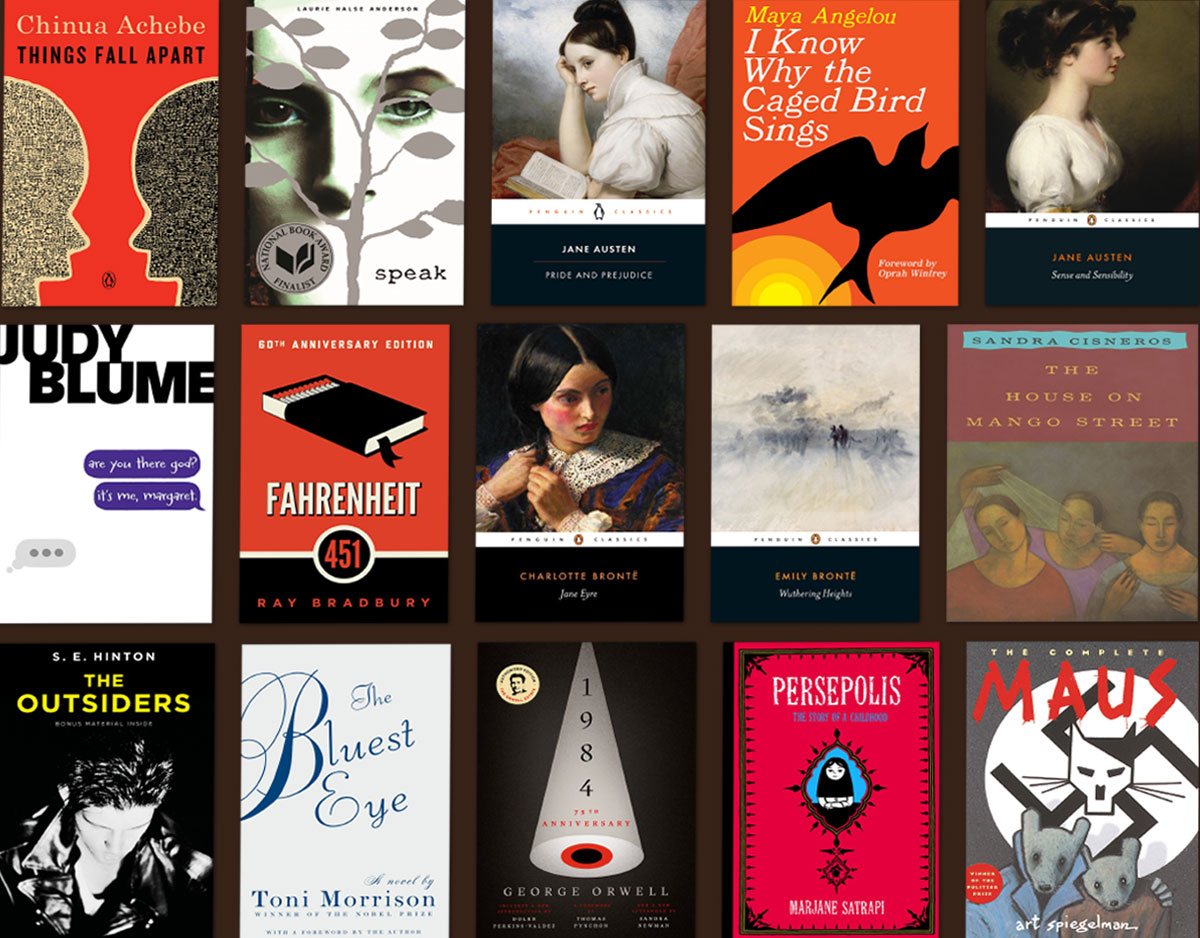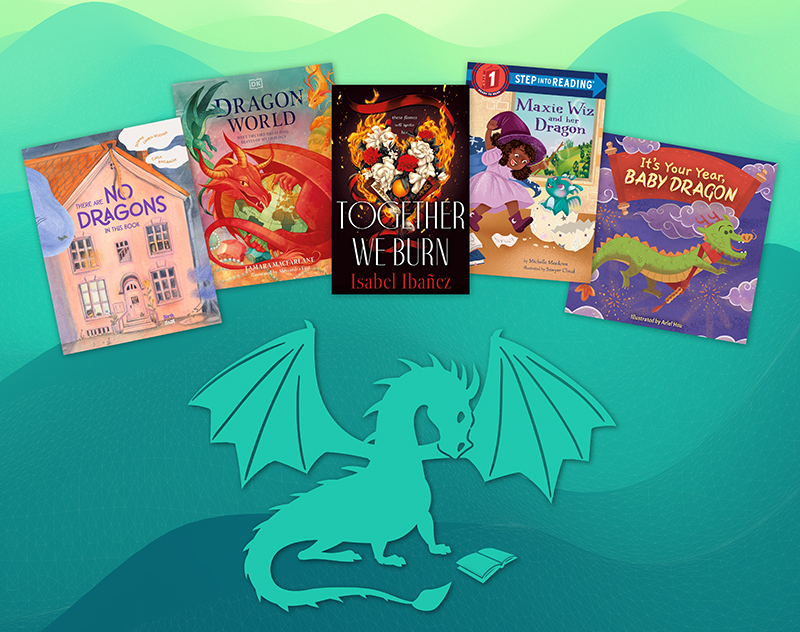Wangari Maathai: The Woman Who Planted Millions of Trees
http://www.af-info.or.jp/en/blueplanet/list.html
Manzanar Mangrove Initiative
http://www.tamu.edu/faculty/ccbn/dewitt/manzanar/default.htm
The Manzanar Project
http://themanzanarproject.com
http://ngm.nationalgeographic.com/2007/02/mangroves/warne-text
http://topics.nytimes.com/topics/news/science/topics/forests_and_forestry/index.html
Filed under: Biography & Memoirs, Nonfiction Picture Books, Picture Books
About Erika Thulin Dawes
Erika is a professor of language and literacy at Lesley University. A former classroom teacher, reading specialist, and literacy supervisor, she now teaches courses in children’s literature, early literacy, and literacy methods. Erika is the co-author of Learning to Write with Purpose, Teaching with Text Sets, and Teaching to Complexity.
ADVERTISEMENT
ADVERTISEMENT
SLJ Blog Network
The Moral Dilemma of THE MONSTER AT THE END OF THIS BOOK
Cover Reveal and Q&A: The One and Only Googoosh with Azadeh Westergaard
K is in Trouble | Review
Parsing Religion in Public Schools
ADVERTISEMENT



